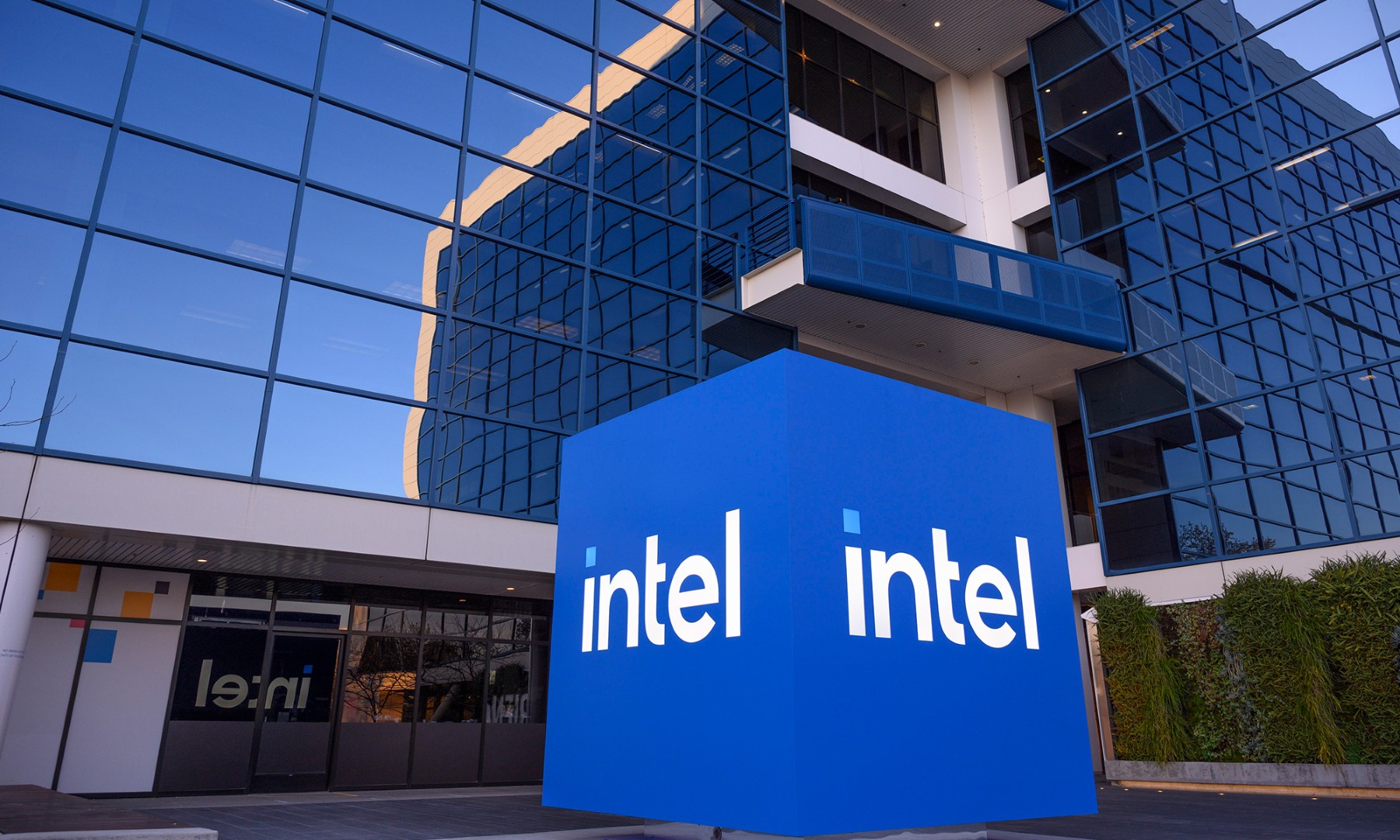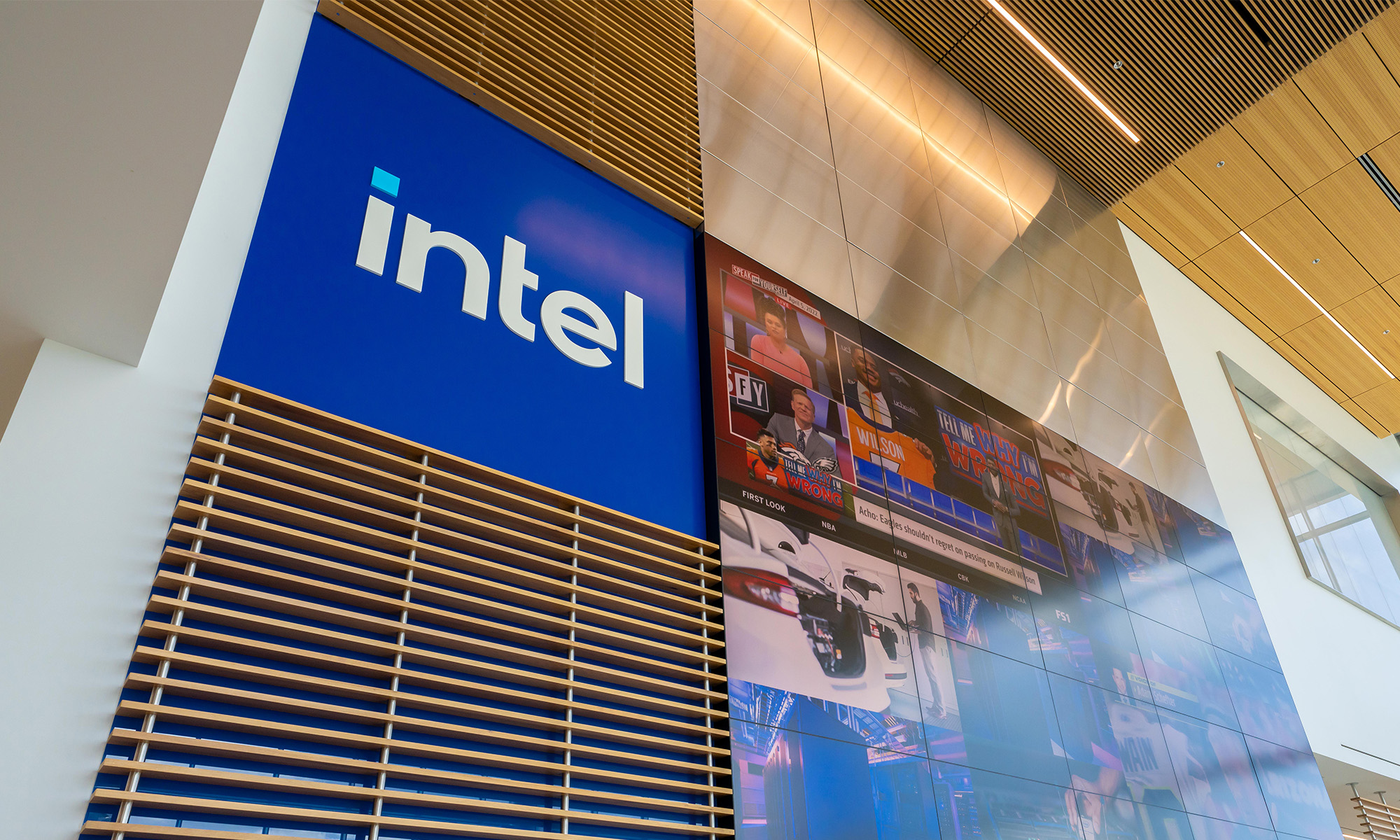With the recent announcement from Intel (INTC +6.86%) and ASUS that both companies had entered into a multi-year, multi-device agreement spanning both smartphones and tablets, the odds that Intel will be powering an upcoming Google (GOOG +0.69%) Nexus 7-successor (rumored to be an 8" device) have gone up rather substantially (since ASUS is Google's hardware partner for this device). While nothing is set in stone (as far as us outsiders go), this would seem like the perfect device with which to kick off such a strategic partnership.
Which chip?
Let's assume for a moment that Intel actually won this design. What chip from Intel's lineup would power it? At Mobile World Congress, Intel revealed the details of two new mobile platforms -- Merrifield and Moorefield. The former is a dual-core, smartphone-oriented design with an Imagination Technologies (IMG +0.00%)-designed PowerVR G6400 GPU. The latter cranks the clock speed of its CPU cores from 2.13 GHz to 2.33 GHz and bumps the GPU up to the PowerVR G6430.
These chips, although principally intended for smartphones, will also work nicely in tablets. That being said, Intel also offers a platform (code-named Bay Trail-T) for tablets. This is a quad-core Silvermont-based system-on-chip, however, it lacks the integrated sensor hub and various other blocks that the Merrifield/Moorefield pair have. It also drives such a rich bill-of-materials that contra-revenue is needed. It's unlikely that Merrifield/Moorefield require such extensive contra-revenue support, given their smartphone-oriented nature.
Moorefield is the most likely candidate -- in a perfect world
While Bay Trail-T seems to be the chip that Intel is positioning as its big tablet runner for 2014, Bay Trail-T is required only in a device running Windows (which, admittedly, will make up the majority of Intel's tablet sales). Moorefield is equivalent to Bay Trail-T in CPU performance, has a faster GPU, and is more integrated. Moorefield won't run Windows (since the driver/software stack for this platform is Android-only), but for a Nexus 7/8 type deal, this is irrelevant.
The only issue at this point is timing. Intel claims that Moorefield-based devices are due in the second half of 2014 (most likely early Q3 for device launches). If Intel and ASUS can execute, then a Moorefield-based design in July 2014 (the Nexus 7 launches have traditionally been in July) would make a lot of sense from both a performance perspective and from a bill-of-materials perspective. Bay Trail-T need not apply here, unless the Moorefield schedule slips.
Foolish bottom line
At the end of the day, a big win such as the Nexus 7 would be a boon to Wall Street's perception of Intel's long-term viability in this space. Both Moorefield and Bay Trail-T offer pretty solid performance and power, and as a result would both be excellent choices for a next-generation Nexus device. Such a win would also allow x86 to gain meaningful developer mind-share beginning in 2014 and could be the tipping point in the Android market in Intel's favor. It shouldn't be too long before investors know one way or another.







